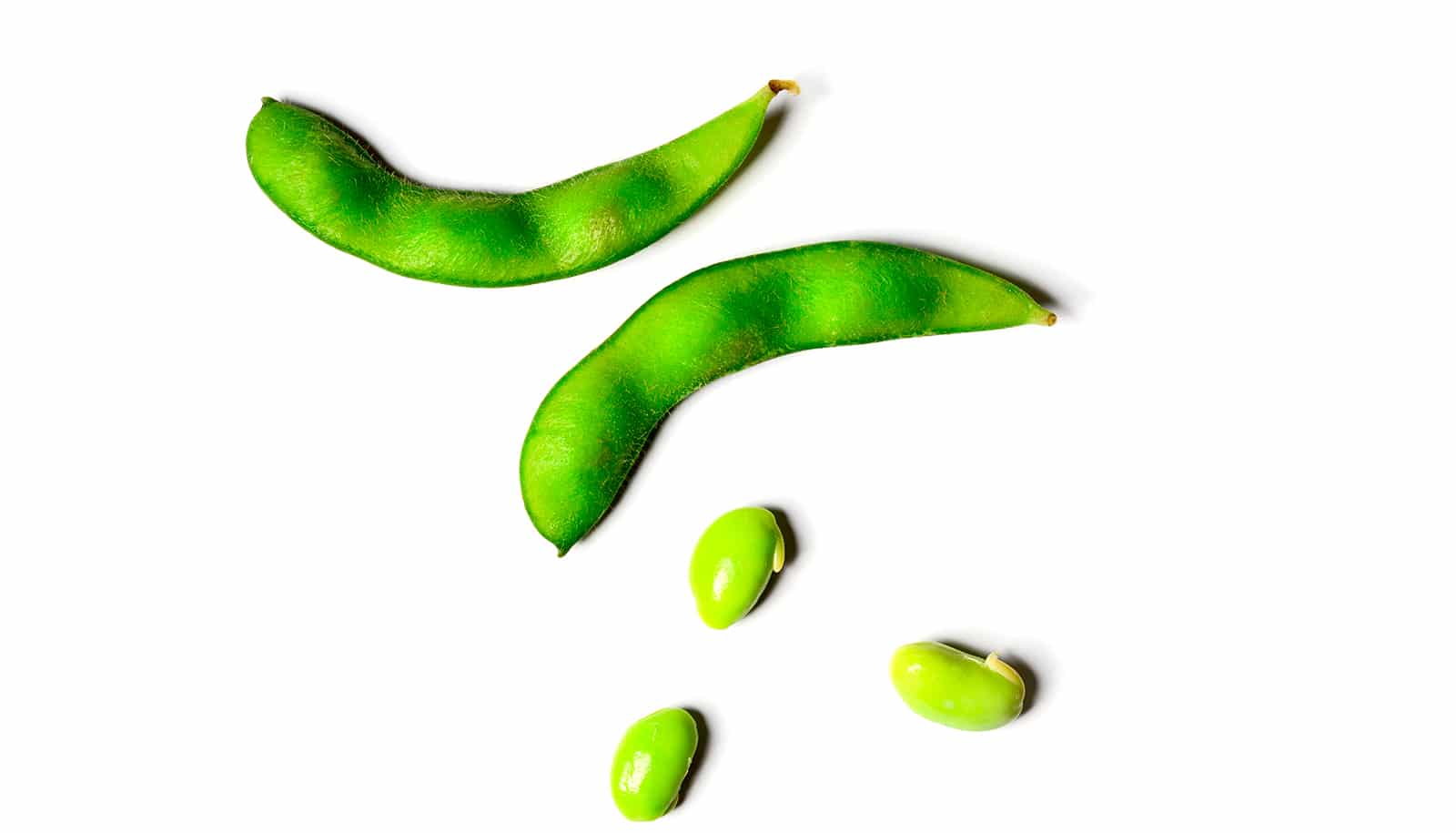Compounds from soy and other plant sources could protect against breast cancer recurrence or affect survival, researchers report.
Compounds called isoflavones are among the plant-derived compounds that may significantly reduce the risk of breast cancer recurrence or death, according to the new meta-analysis.
Investigators in Australia, Denmark, England, Norway, and the US reviewed 22 published observational studies that examined the impact of dietary intake of soybeans, lignans (compounds found in a variety of plants including seeds and nuts), cruciferous/cabbage-family vegetables, and green tea—and these substances’ phytonutrients (natural compounds derived from plants)—on breast cancer recurrence and mortality, as well as on mortality from all causes.
This included 11 studies of soy isoflavones, three of cruciferous vegetables, two of green tea, three of lignans, and three of enterolactone, which is formed in the gut when lignans are digested.
Soy isoflavones were associated with a 26% reduced risk of breast cancer recurrence, according to a meta-analysis that included six of the studies (of 11,837 women) reviewed by investigators. The results were most notable among post-menopausal survivors.
The greatest risk reduction was seen at 60 milligrams per day. This is equivalent to two to three servings per day, where one serving equates to a cup of soy milk, three ounces of tofu, or a half-cup of cooked soybeans. However, the effect of soy consumption on risk of mortality was smaller (12%) and not statistically significant, and was seen mostly at 20-40 mg per day, or one to two servings.
Another finding, reported for the first time in a meta-analysis, relates to enterolactone, a compound metabolized from lignans. Lignans are found in a wide variety of plants, such as seeds, nuts, legumes, whole grains, fruit, and vegetables. High levels are found in flaxseeds, cashew nuts, broccoli, and brussels sprouts, among other sources.
Enterolactone was found to reduce the risk of breast cancer-specific mortality by 28% and death from any cause by 31%, particularly in post-menopausal women (35% reduction in death from any cause). It is not possible to calculate the effective dose of lignans in the diet from these enterolactone findings, because the gut microbiome that plays a role in metabolism of lignans varies among individuals.
“These findings were graded probable, which means there is strong research showing that they contributed to the results we are seeing,” says lead author Diana van Die of NICM Health Research Institute at Western Sydney University, Australia.
The review also found some suggestive results, which means the results are generally consistent but rarely strong enough to justify recommendations:
- Consumption of green tea suggests an effect of reducing the risk of breast cancer recurrence by 44% in women with stage I or II breast cancer. The greatest effect was seen from consuming three to five cups per day and from five or more cups per day, as documented in two Japanese studies.
- Among those who consumed lignans prior to breast cancer diagnosis, there was a non-significant 34% risk reduction in cancer-specific mortality and 19% reduction in all causes of death in post-menopausal women. However, consumption of lignans by pre-menopausal women suggests an increased risk of mortality. This result indicates that the effects of lignans are dependent on the hormonal environment, although it was likely driven by one large study and needs further investigation. The highest intake was nine or more servings per day in the studies reviewed.
- The impact of cruciferous vegetables was inconclusive, possibly influenced by the average intake being quite low (less than a half-cup per day) in the studies reviewed.
Investigators also looked into whether consuming soy, lignans, cruciferous vegetables, and green tea, or their phytonutrients in the diet before or after breast cancer diagnosis made a difference. However, the data did not provide a concrete answer. All studies on green tea and lignans measured pre-diagnosis intake, while soy results came from studies that measured intake before and after diagnosis.
“It is critically important to stress that these studies were conducted on women who received medical and/or surgical treatment for breast cancer, and that these foods and phytonutrients should not be considered as alternatives to treatment,” says senior author Channing Paller, director of prostate cancer clinical research and an associate professor of oncology at Johns Hopkins University.
“This research highlights the need for more robust studies in this area looking at the most effective dosages of these compounds, and whether starting to consume them after diagnosis has the same effect as a lifelong dietary habit before diagnosis. This is what patients are looking for,” Paller adds.
The research appears in the journal JNCI Cancer Spectrum.
Additional coauthors are from the Johns Hopkins Kimmel Cancer Center, Integria (MediHerb) in Australia, the Danish Cancer Institute, Imperial College London, Oslo New University College, and The Cancer Registry of Norway.
Source: Johns Hopkins University



